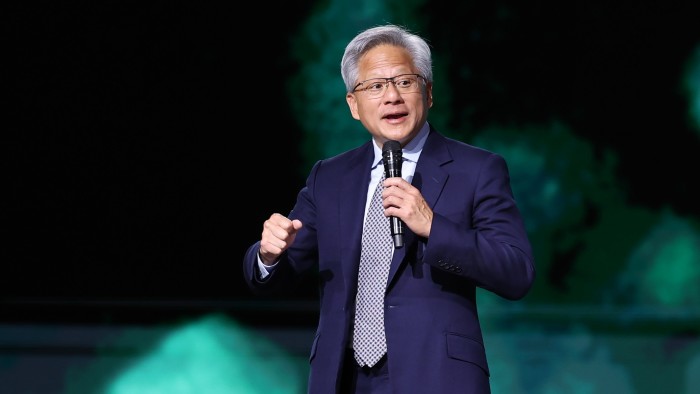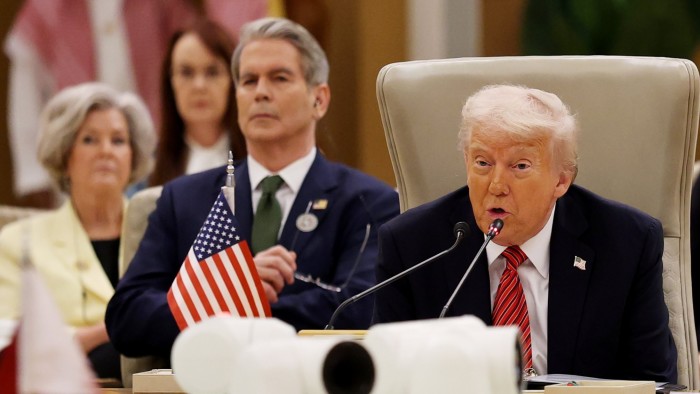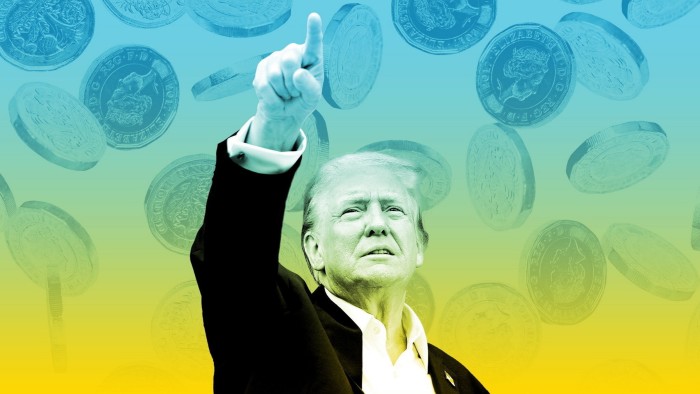Tariffs are pulling Fed in opposing directions, Fidelity bond chief says

Unlock the Editor’s Digest for free
Roula Khalaf, Editor of the FT, selects her favourite stories in this weekly newsletter.
Federal Reserve policymakers’ aims to curb inflation while maximising employment are “pulling them in diametrically different directions” as Donald Trump’s trade war upends the economic outlook, the head of Fidelity’s $2.3tn fixed income business has said.
Robin Foley told the Financial Times that the US central bank’s “inflation fighting is all well and good, but employment still remains to be seen”. She added that the central bank was in a “tough spot”.
Foley’s comments come as the Fed has this year paused a rate-cutting cycle that began in 2024 as Trump’s levies on big trading partners threaten to increase inflation and hit the jobs market.
Recent economic reports have suggested the Fed has made progress in pushing inflation towards its 2 per cent target while unemployment has remained subdued. But surveys have shown Americans are growing increasingly worried about their employment prospects, while many companies have warned tariffs could lead to price increases.
Fed chief Jay Powell said last month that “we may find ourselves in the challenging scenario in which our dual-mandate goals are in tension”.
Foley, who has worked at Boston-based Fidelity for 39 years and keeps a lower profile than many industry peers, noted that over the past year there had been “wildly volatile” shifts in expectations for interest rates among market participants. Trading in futures markets suggests investors expect the Fed to resume cutting borrowing costs in September, significantly later than forecasts at the start of the year.
Foley added that it appeared that the intense volatility in the US government bond market following Trump’s so-called “liberation day” announcement of sweeping tariffs on April 2 had been one reason why the president ultimately eased his stance on levies.
Despite the market tumult, Foley said Fidelity had been “overweight risk” against the main benchmarks in some of its fixed income strategies, “but not excessively so”.
Almost a third of the asset manager’s flagship Total Bond Fund sat in corporate bonds as of March 31, relative to just a 25 per cent allocation within a fixed income index tracked by Bloomberg. The same flagship fund had less than a third of its holdings in US government debt, below the benchmark’s 46 per cent position.
With interest rates remaining elevated, “there’s very attractive yield in the market now”, said Foley, “even in the form of US Treasuries; that was not true for a very long time”.
“With that as a backdrop, you really need to be compensated to take on incremental credit risk,” she added.








